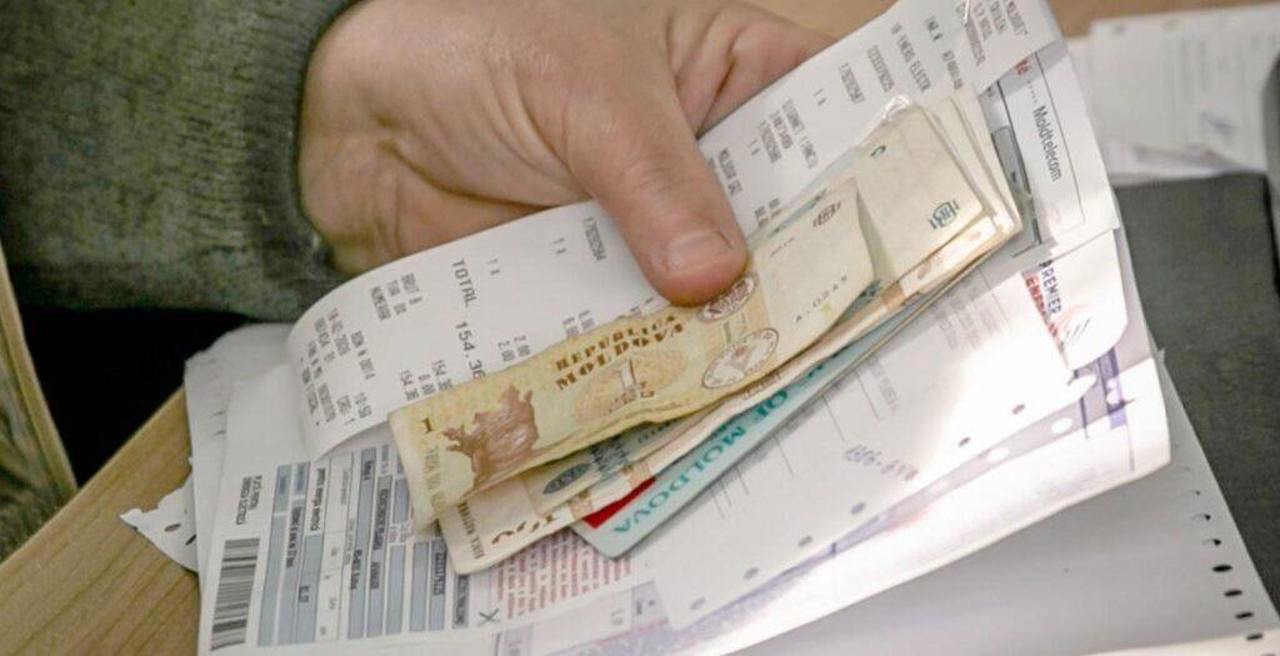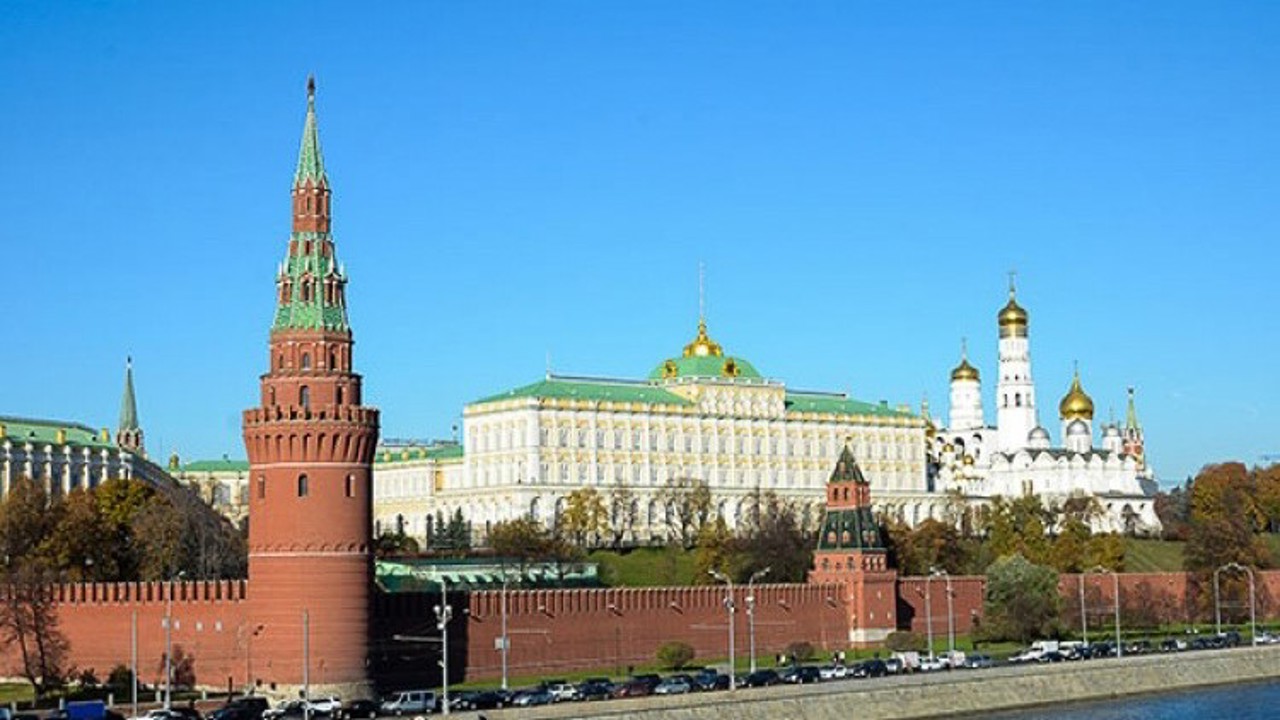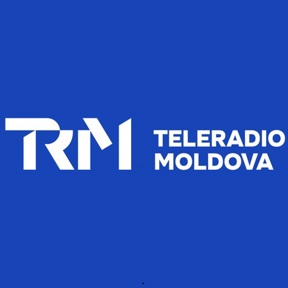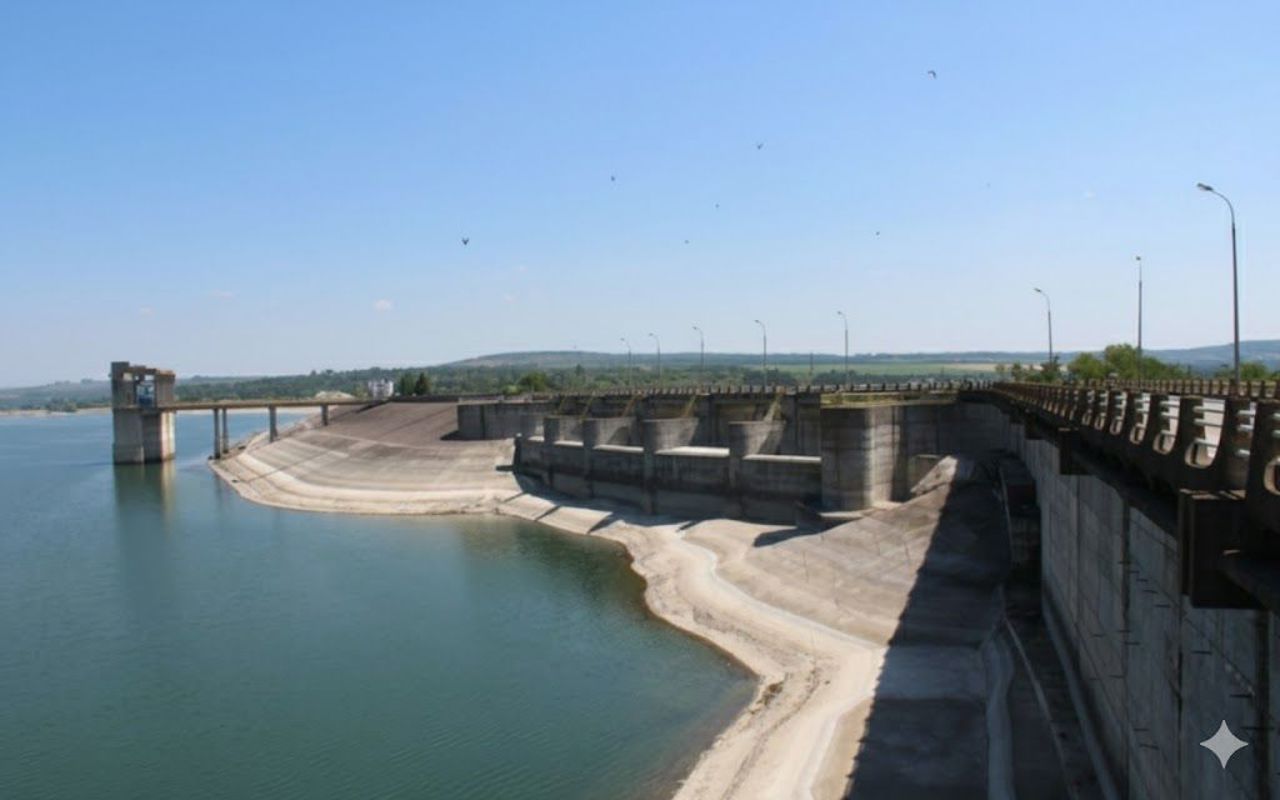120 years since the anti-Jewish pogrom. Historian: "The consequences were absolutely disastrous"
The anti-Jewish pogrom in Chisinau in 1903 brought together several forms of anti-Semitism, notably economic and religious. The pogrom lasted a day and a half and had serious consequences for the era and for the Jewish community in Chisinau, which at the time made up more than 40 percent of the city's population, historians say.
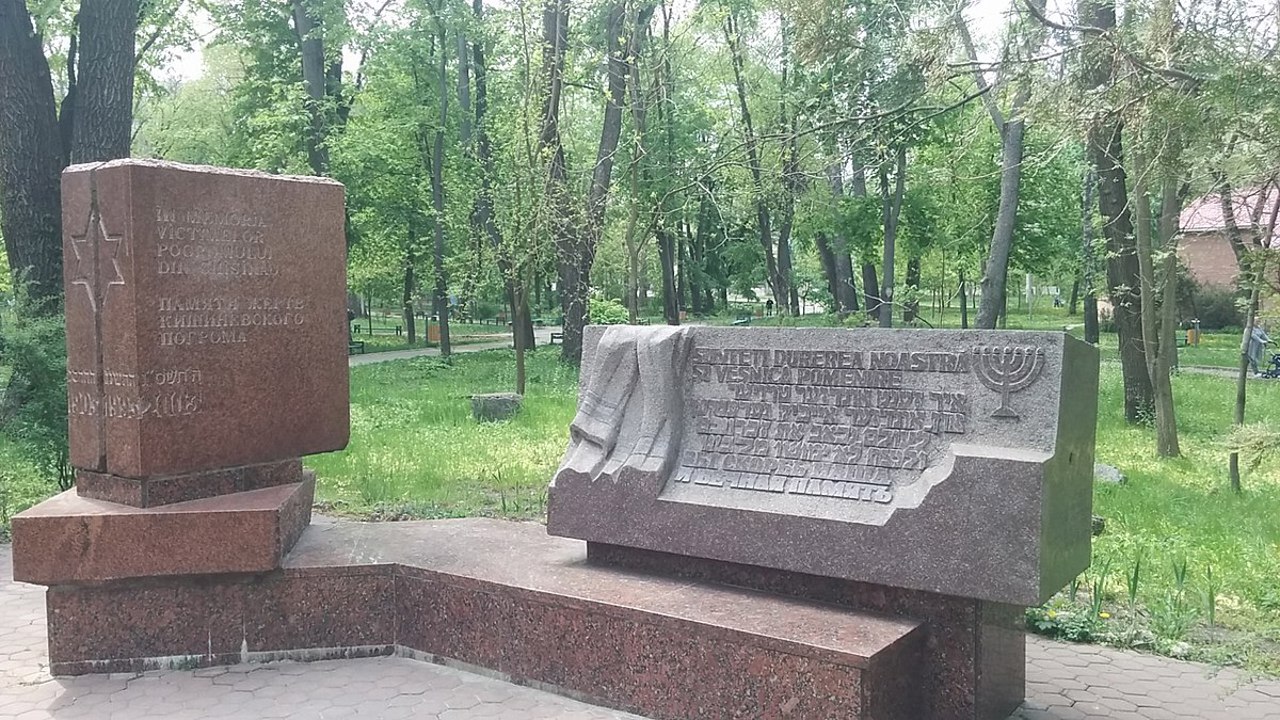
The April 1903 violence began with attacks by groups of 30-50 people against the Jewish community. Several forms of anti-Semitism, especially economic and religious, were intertwined in the "Chisinau Pogrom", explained history doctor Andrei Cushco.
"There was violence that began with attacks by groups of 30-50 people. The total number of those who participated in the pogrom would be a maximum of 2,000 people. The consequences were absolutely disastrous for the Jewish community in Chisinau. The proportion of Jews at that time was very high, about 45 percent of the city's population. There were 49 Jewish people who died and two Christians, because there were also altercations."
The pogrom took place because the authorities did not intervene in the conflict, stressed Alecu Renita, a member of the first parliament. According to him, this lack of reaction also led to the conclusion that the then Executive was behind the pogrom and that there were mechanisms that favoured its occurrence.
"In Bessarabia, during those two very dramatic and tragic days, there were no authorities, they seemed to be missing and here very important issues arise related to the secret police, the Tsarist authorities how they behaved during this period, the media that existed and who maintained such a reactionary gazette as Bessarabit."
From 19 to 21 April in Chisinau, several actions are taking place to commemorate the victims of the pogrom, both through public events and thematic exhibitions. At the same time, on Friday a documentary film will be shown showing the tragic events of April 1903. The film is based on testimonies of witnesses, participants and victims of the pogrom, who were questioned by the authorities at the time.

